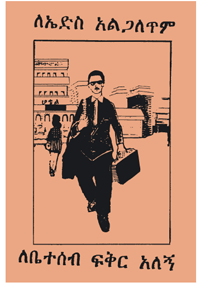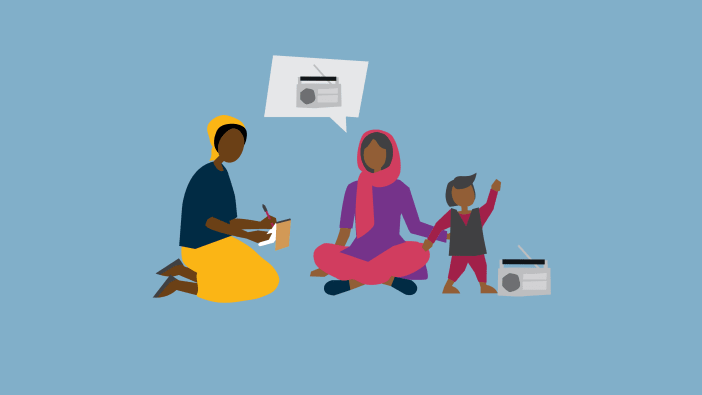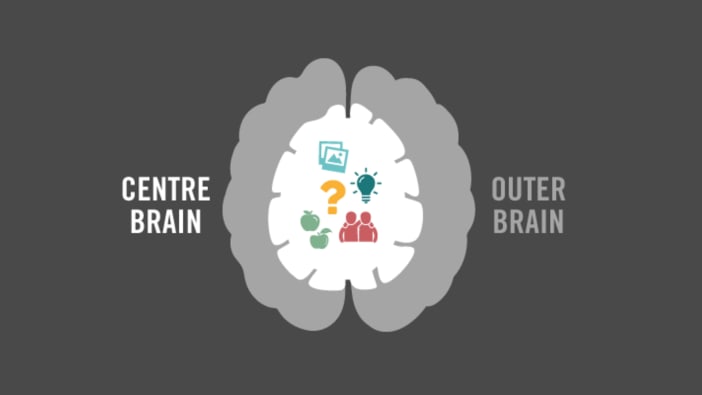by Petra Röhr-Rouendaal.
‘ I feel like a bird who can fly for the first time!’ This is what Brenda told me after she had produced her first visual aids. She is a nurse working in the north of Kenya with the nomadic Samburu and Turkana people. She has travelled with the nomads over the last few years, living in a simple grass-mat hut. Brenda’s work is to teach people about primary health care. This proved difficult as few people could read or write and she had no visual aids. Visual aid teaching materials on health might have been available in the capital city Nairobi, but they probably would not have been culturally appropriate. When pictures are used for education in an illiterate community it is important to use images which the people can identify with.
For example, the poster on AIDS education, shown at the top of this page, was designed by the Ministry of Health in Addis Ababa and was found on walls all over Ethiopia. How relevant is this poster for people in rural areas where there are no two-storey houses, where men don’t wear suits and smart shoes and carry briefcases? No wonder people’s response was to say, ‘Yes, AIDS is only a disease in towns – we won’t get it here.’
Simple visual aids
More than 800 million people in the world cannot read or write. In communities where people are illiterate, pictures can become a very powerful educational tool. Thousands of development workers world-wide could use posters and other visual aids. However, there is a great shortage of simple visual aids in health and development. Trainers have to rely on an occasional poster made locally or given to them by the Government or aid agencies. There are rarely enough simple educational pictures to help development workers get across vital information that could improve people’s lives.
‘Health Images’ was started nine years ago in response to this need. Based in the UK, it specialises in helping groups in poorer countries develop and produce their own, locally relevant visual aids for health, development and education. We have worked with people at grassroots level in many different countries, helping them identify their own local problems and produce appropriate visual aids. We take a similar approach to Paulo Freire’s, the forefather of adult literacy. He believed that education is successful only when a real dialogue with the community takes place and when one ‘starts where the learner is’. This participatory approach is the essence of our work. We help community members to produce visual aids for the local community.










